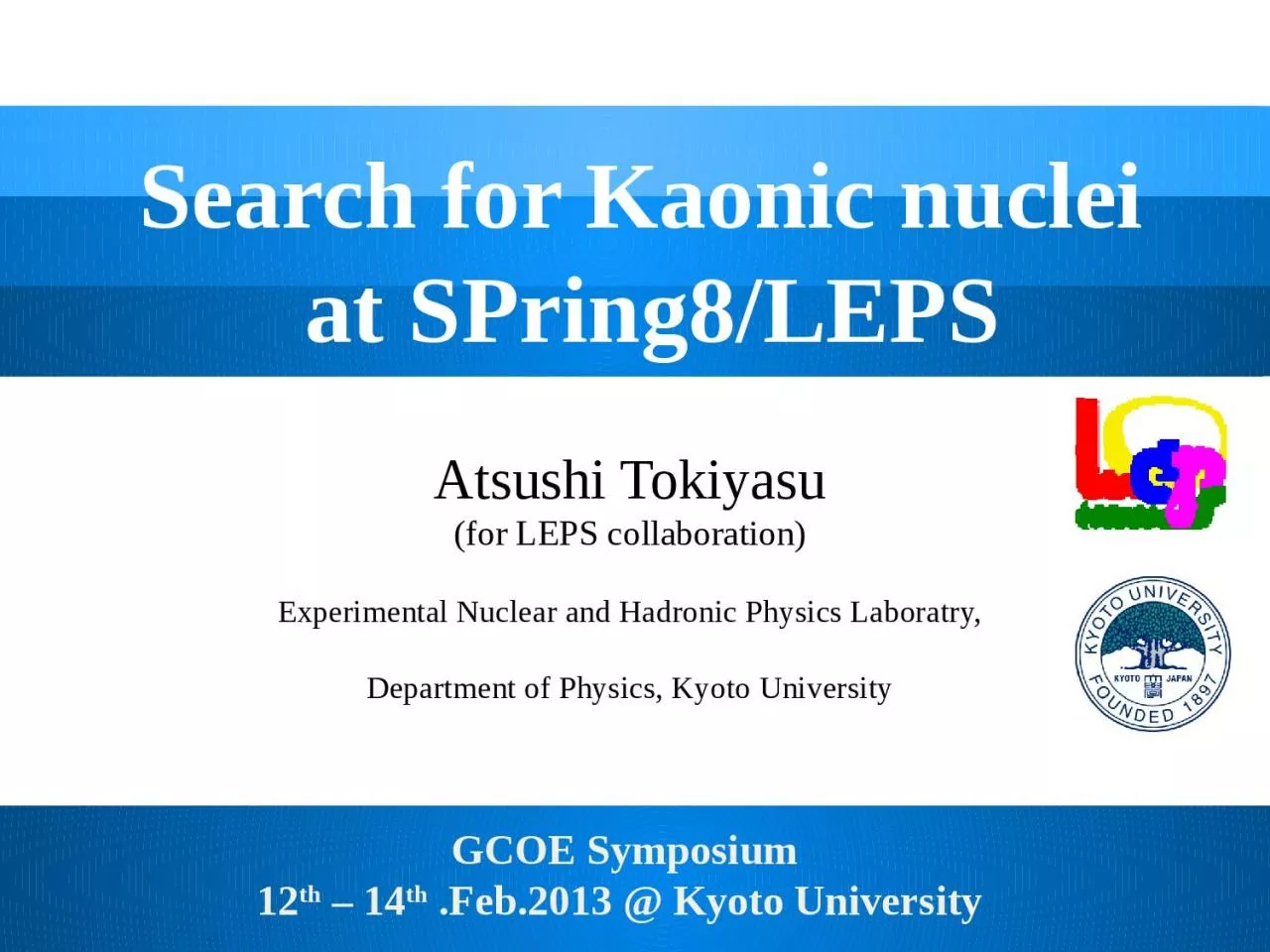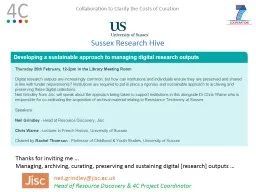PPT-Atsushi Tokiyasu (for LEPS collaboration)
Author : norah | Published Date : 2024-02-09
Experimental Nuclear and Hadronic Physics Laboratry Department of Physics Kyoto University Search for Kaonic nuclei at SPring8LEPS GCOE Symposium 12 th 14
Presentation Embed Code
Download Presentation
Download Presentation The PPT/PDF document "Atsushi Tokiyasu (for LEPS collaboratio..." is the property of its rightful owner. Permission is granted to download and print the materials on this website for personal, non-commercial use only, and to display it on your personal computer provided you do not modify the materials and that you retain all copyright notices contained in the materials. By downloading content from our website, you accept the terms of this agreement.
Atsushi Tokiyasu (for LEPS collaboration): Transcript
Download Rules Of Document
"Atsushi Tokiyasu (for LEPS collaboration)"The content belongs to its owner. You may download and print it for personal use, without modification, and keep all copyright notices. By downloading, you agree to these terms.
Related Documents














